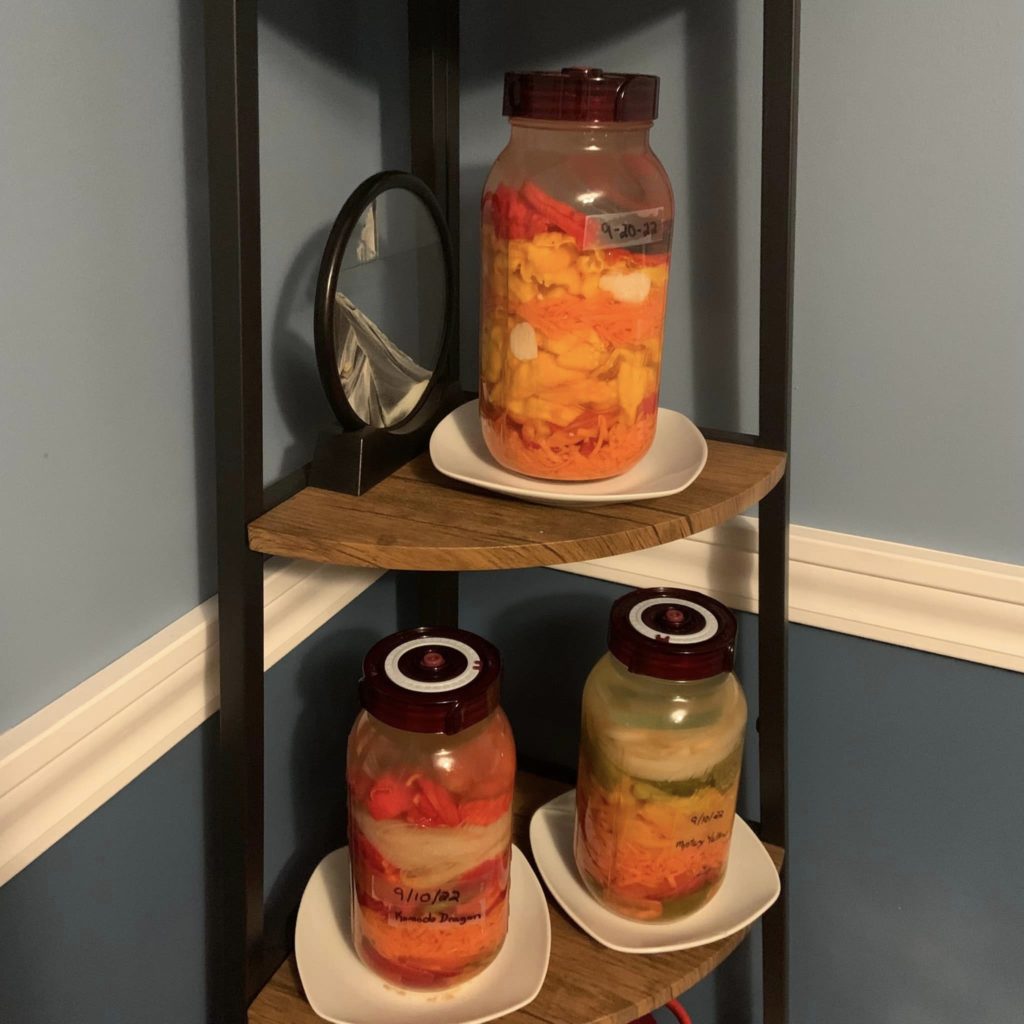It’s winter and finally snowing. We’re still months away from seed starting season, but the onslaught of seed catalogs has all us gardeners dreaming of spring. Maybe I can’t get anything done outside, but I finally got around to making pepper powders from the peppers I dehydrated during last year’s garden season.
I grow pretty much all my peppers in grow bags and containers. They seem to just do better that way vs. in-ground. And 2022 was a good year for peppers! I lost count of the number of times I sat down to lunch in front of a fresh bowl of blistered shishitos. I’ve got over a gallon of hot peppers that have been fermenting since September. Future hot sauce!

But I had more peppers coming in than even the ferments could accommodate, so I deseeded and dehydrated them. Threw them in bags with desiccant packages to deal with later.
So here we are with smallish bags of dehydrated cayenne, jalapenos, red bell peppers, and one of miscellaneous super hots. I’ve got a little spice grinder I use for garlic powder, though now that I did this with it, it’s probably going to become my dedicated pepper grinder. I use a wire mesh strainer to sift out the chunks the grinder doesn’t get, dumping the chunks back in with the next batch.
Not all the chunks are ground up fine enough by the end of this, and I threw those bits in the freezer. We’ve started doing hot pot at home, and dropping those in will add a lot of flavor to the bone broth.
As I mention in the video, I’m eager to try the jalapeno powder on popcorn, but in the meantime it’s made a really nice seasoning on various foods. And the paprika is out of this world. I wasn’t going to grow bell peppers again this year, but I think I might just to make paprika.

